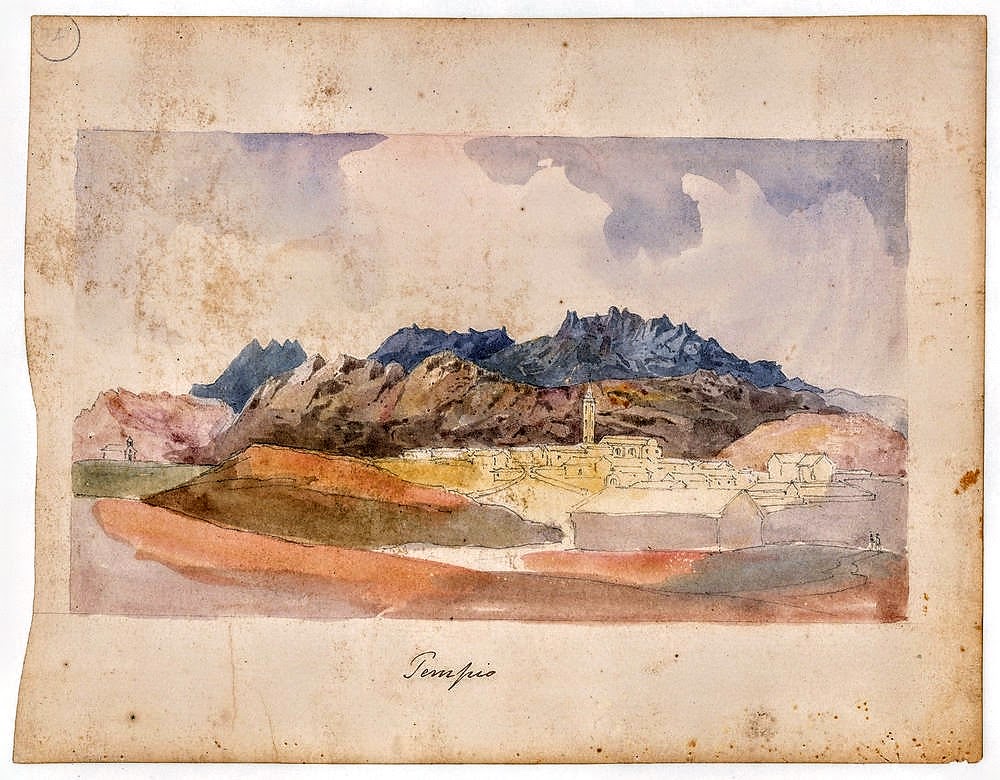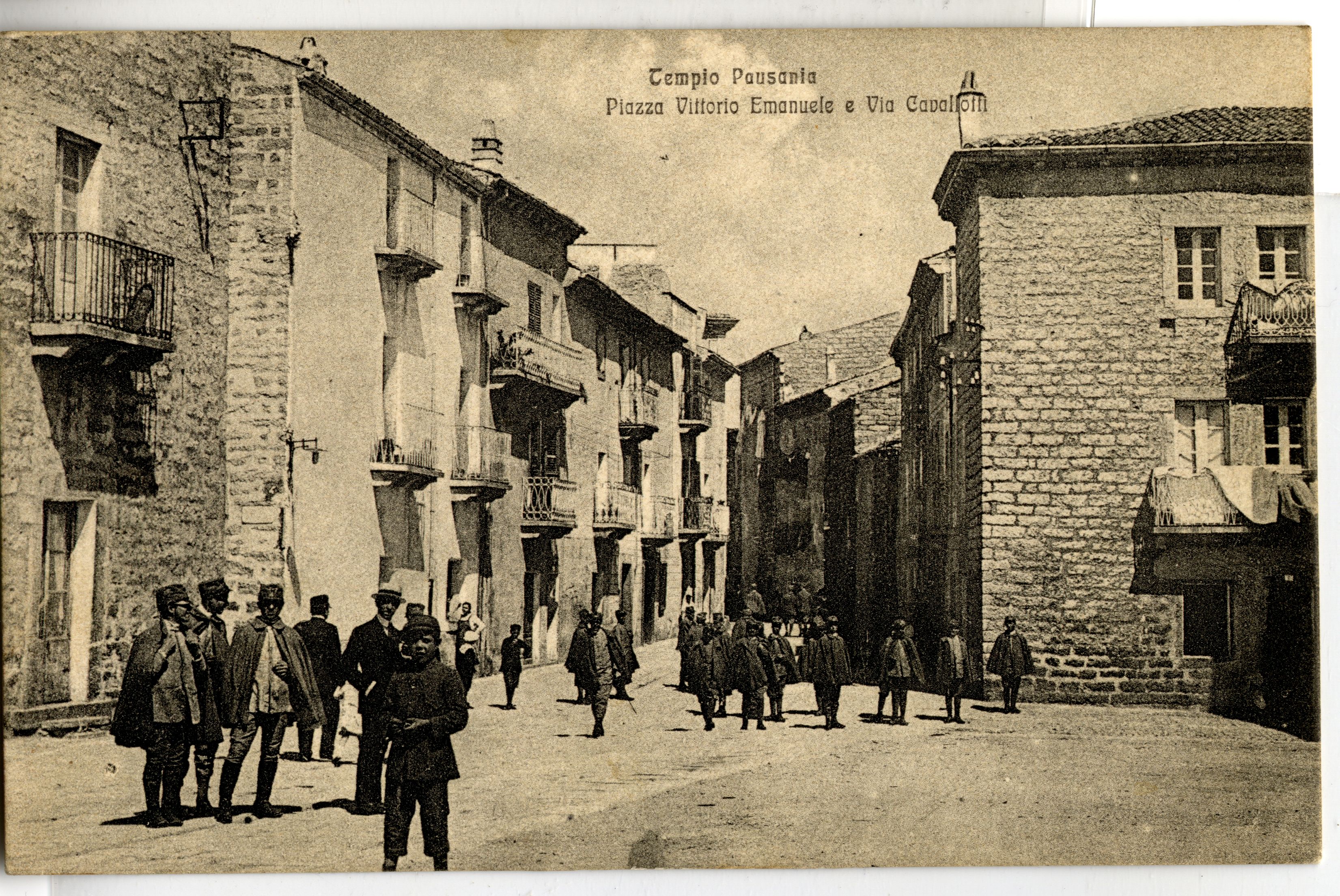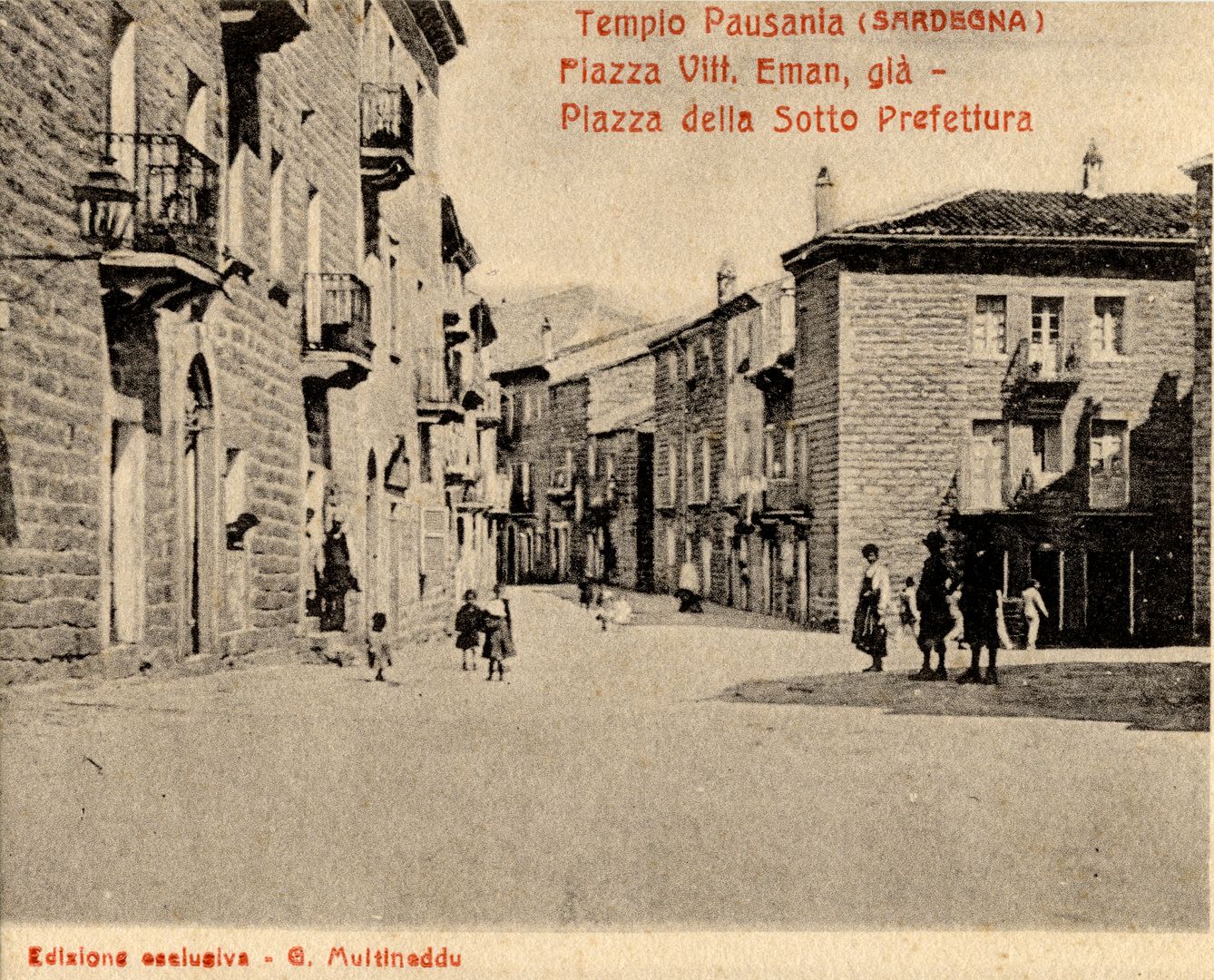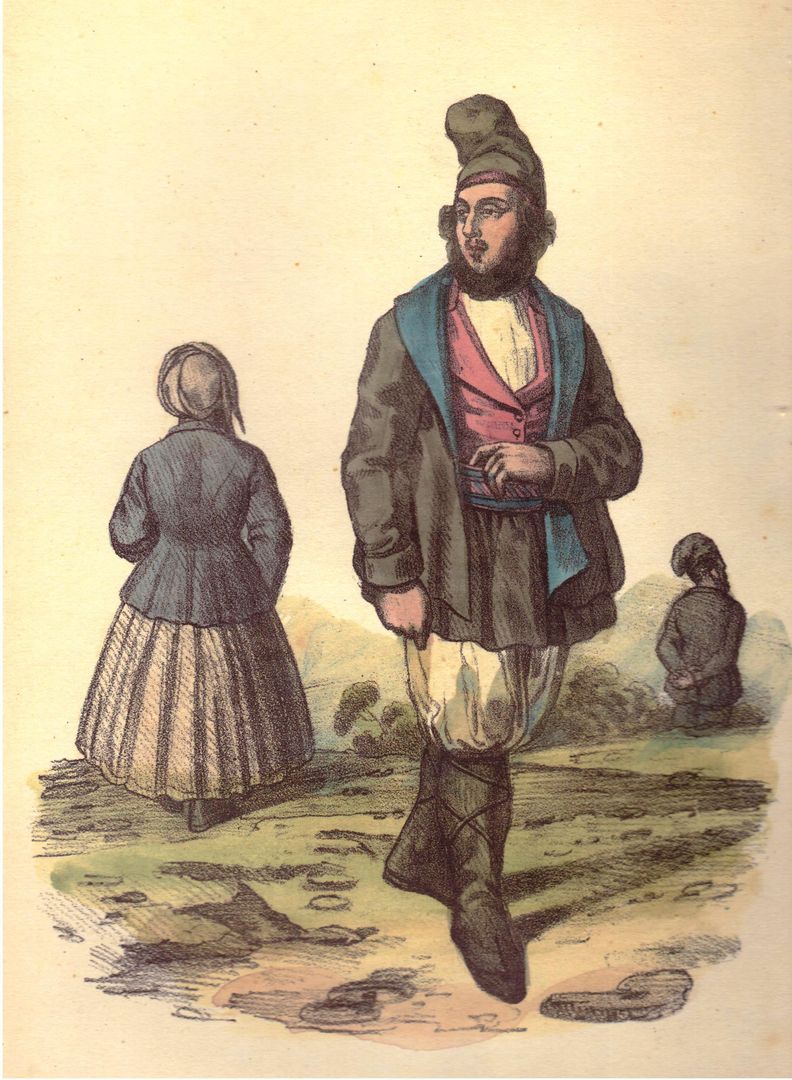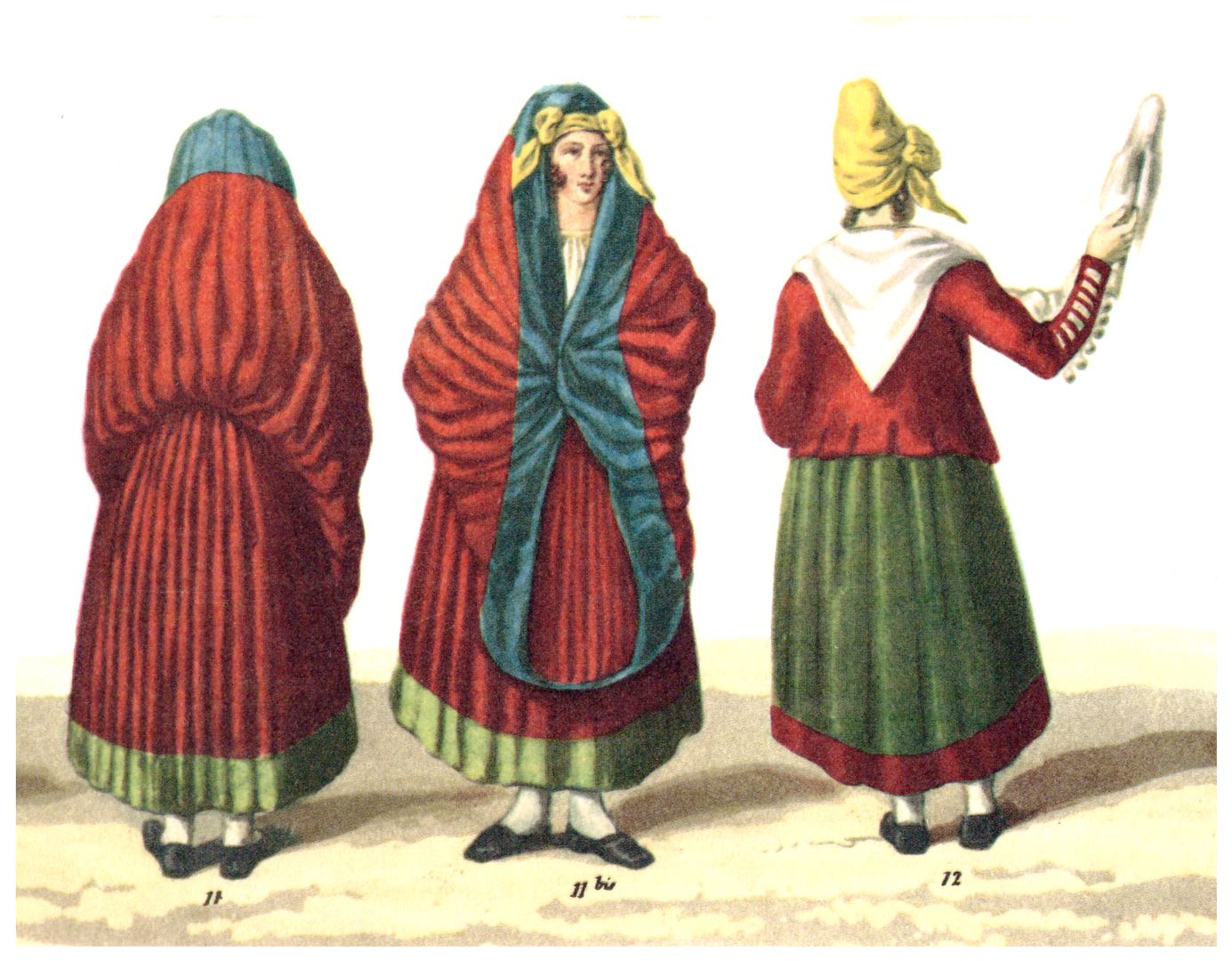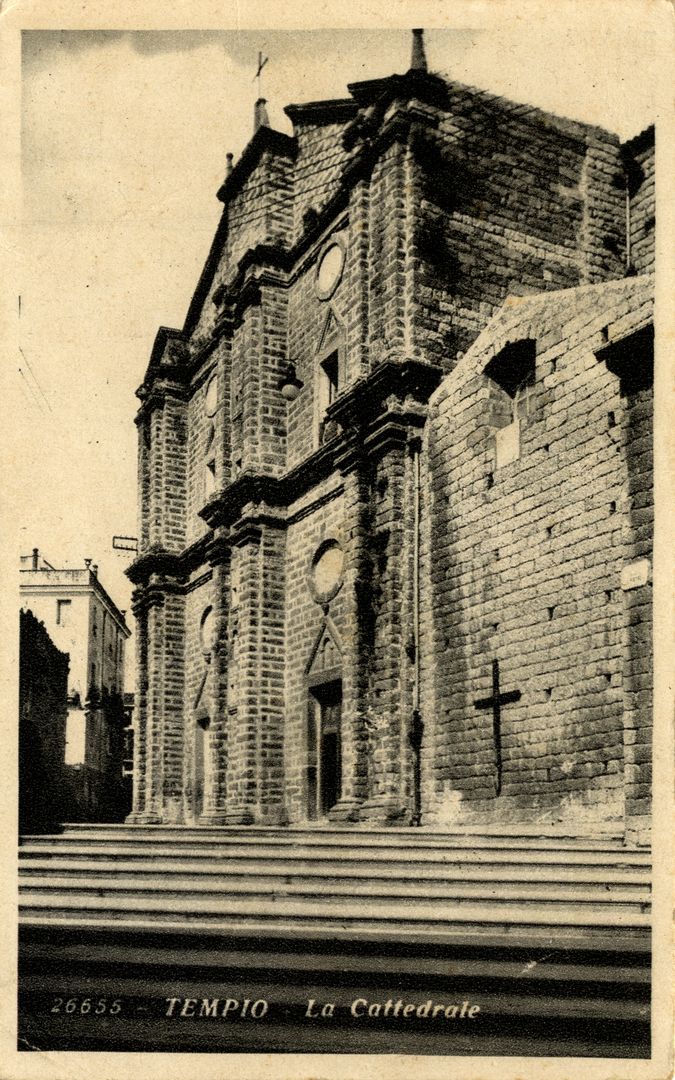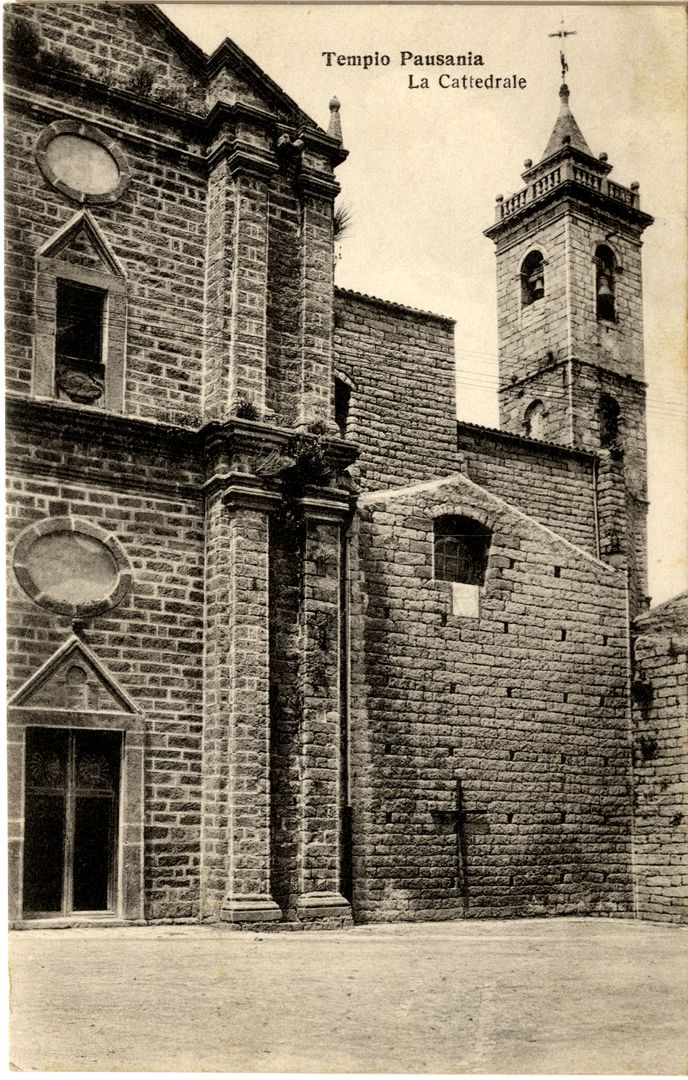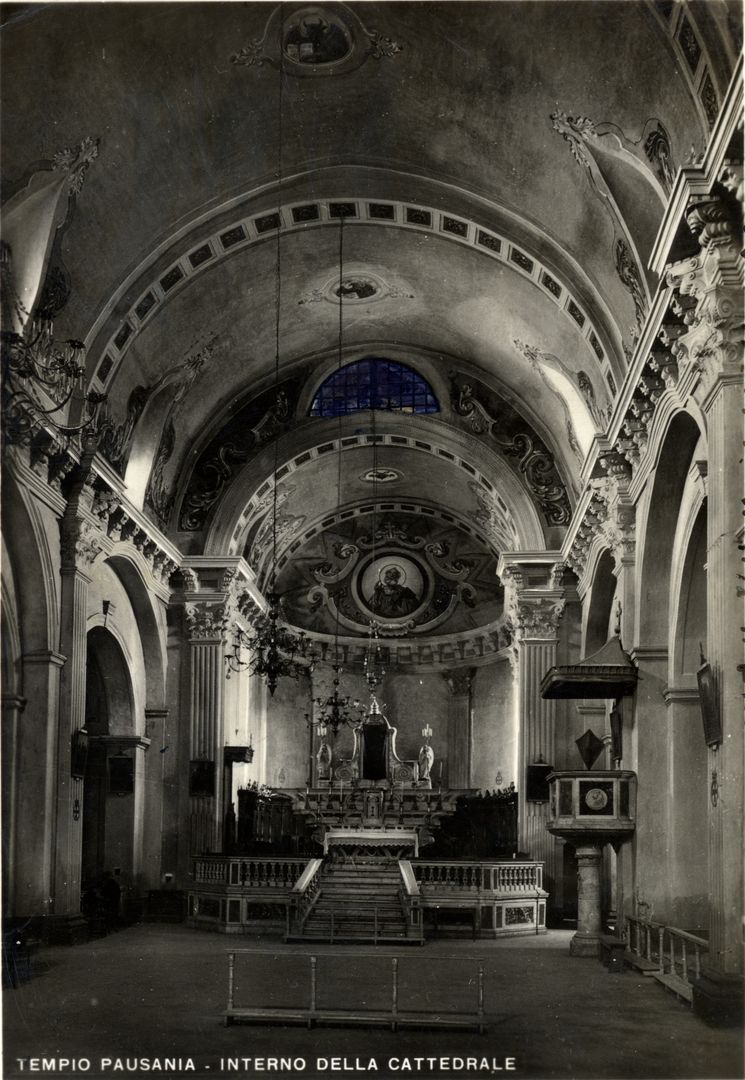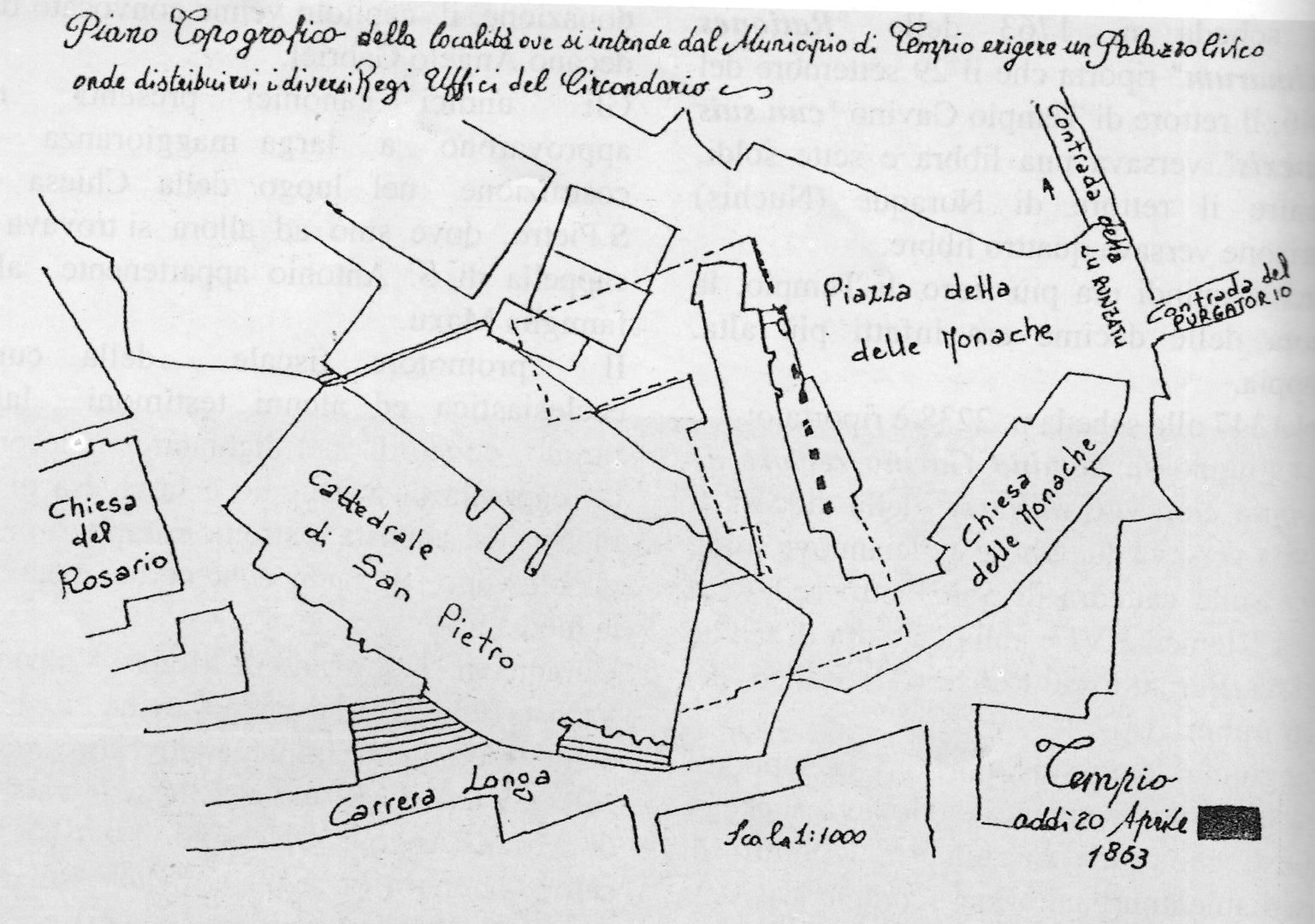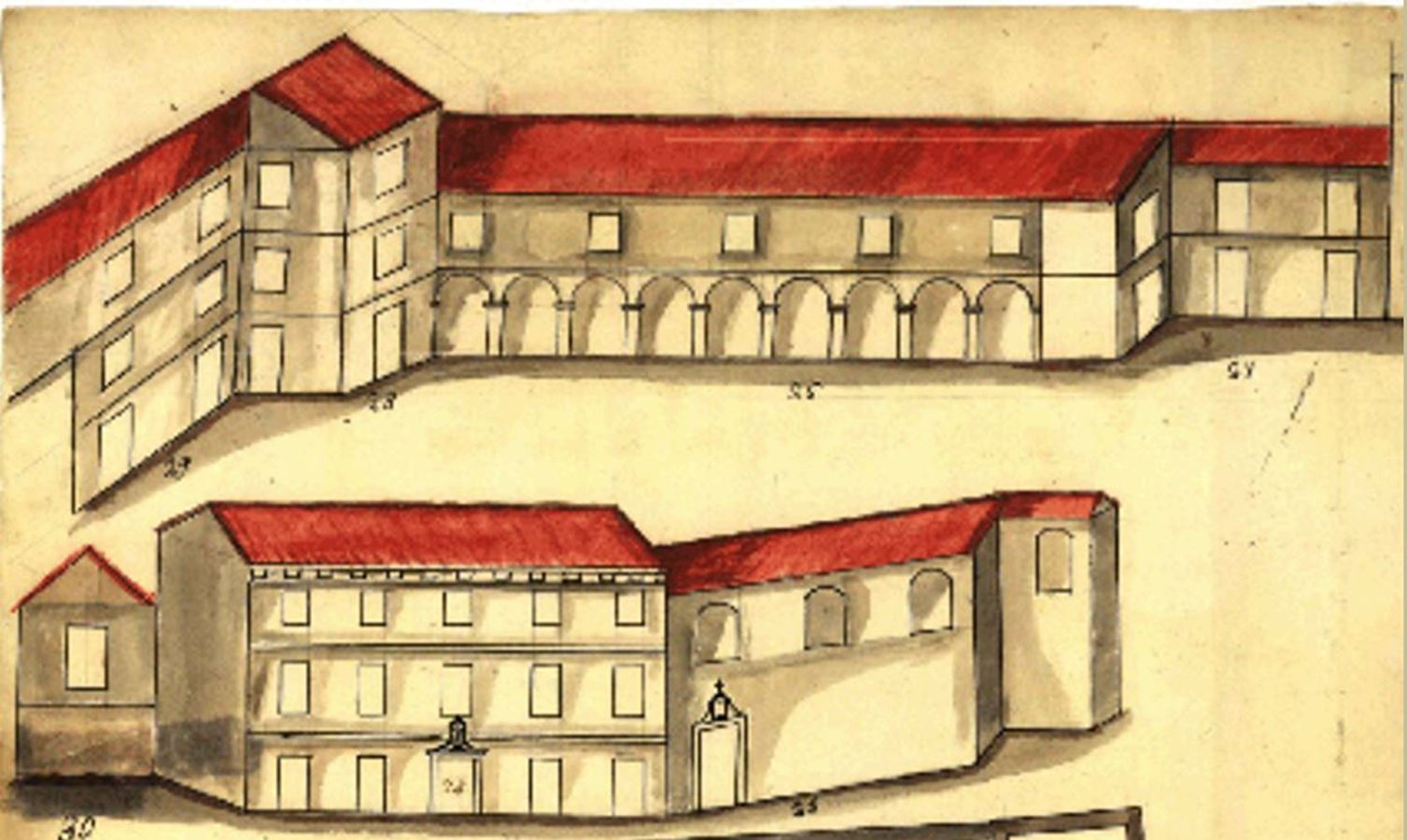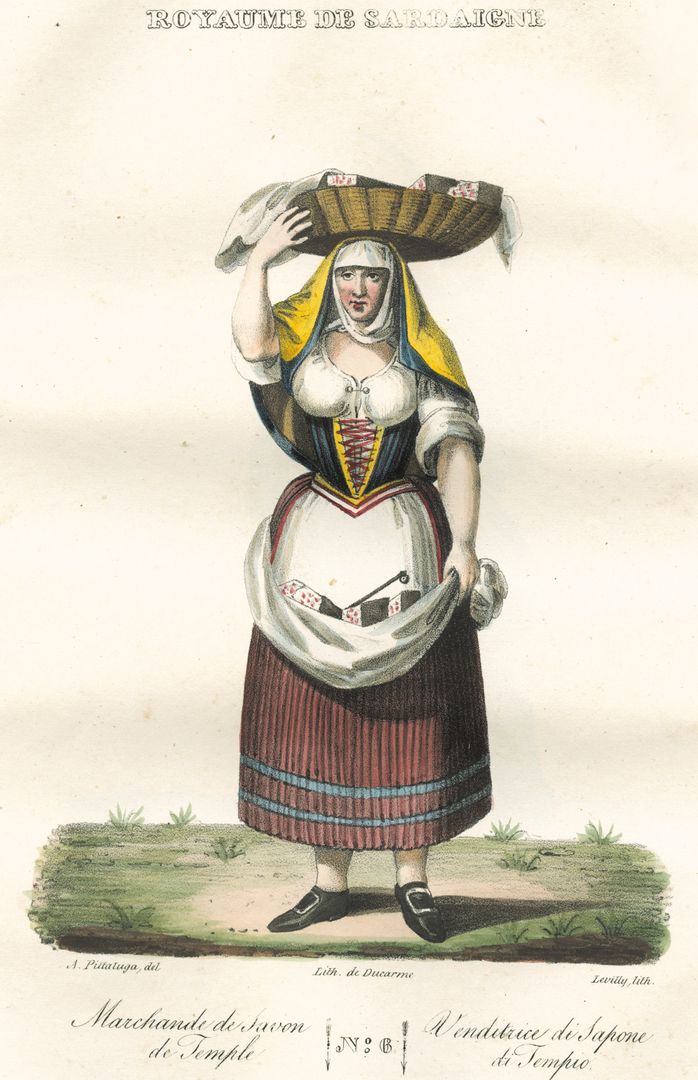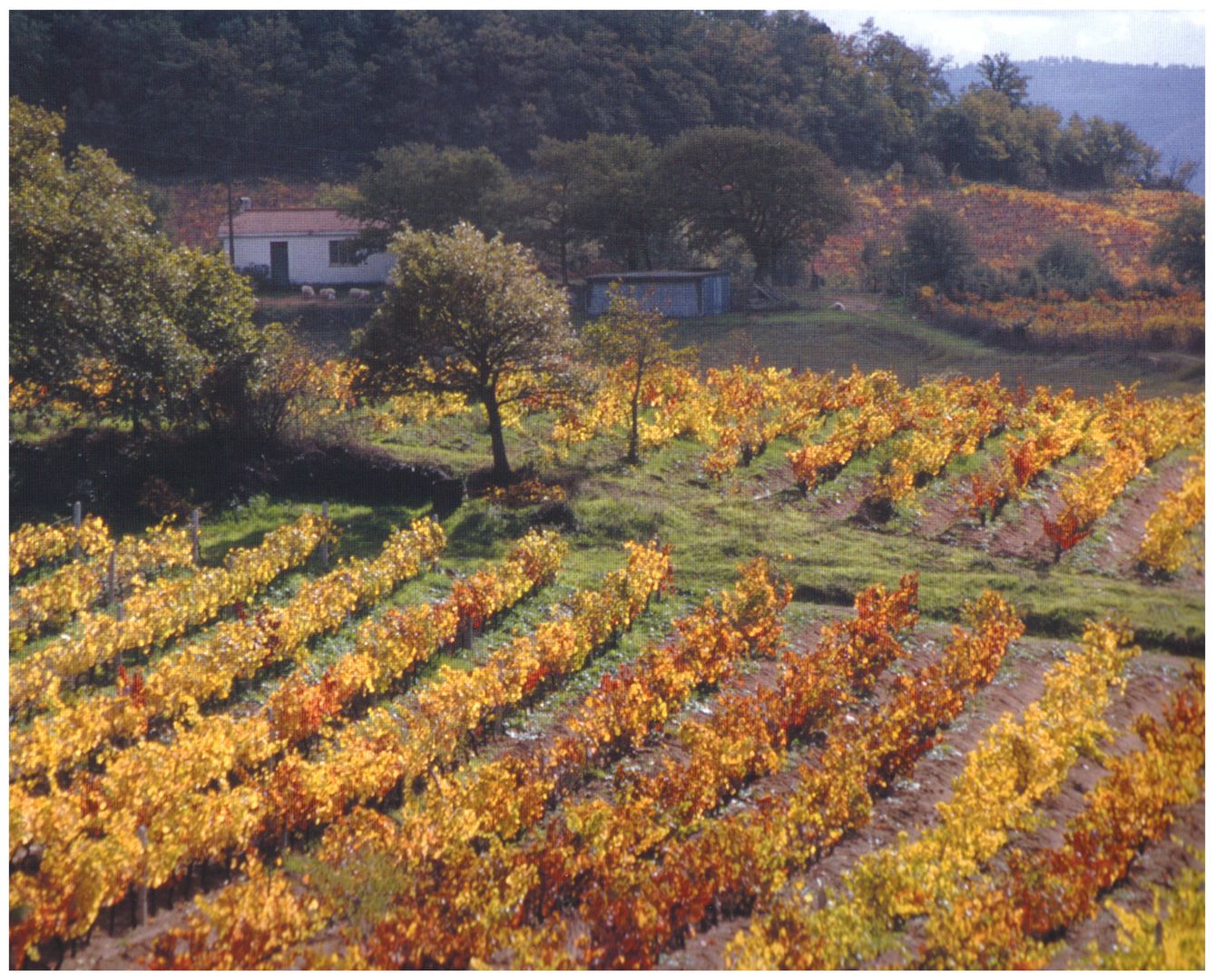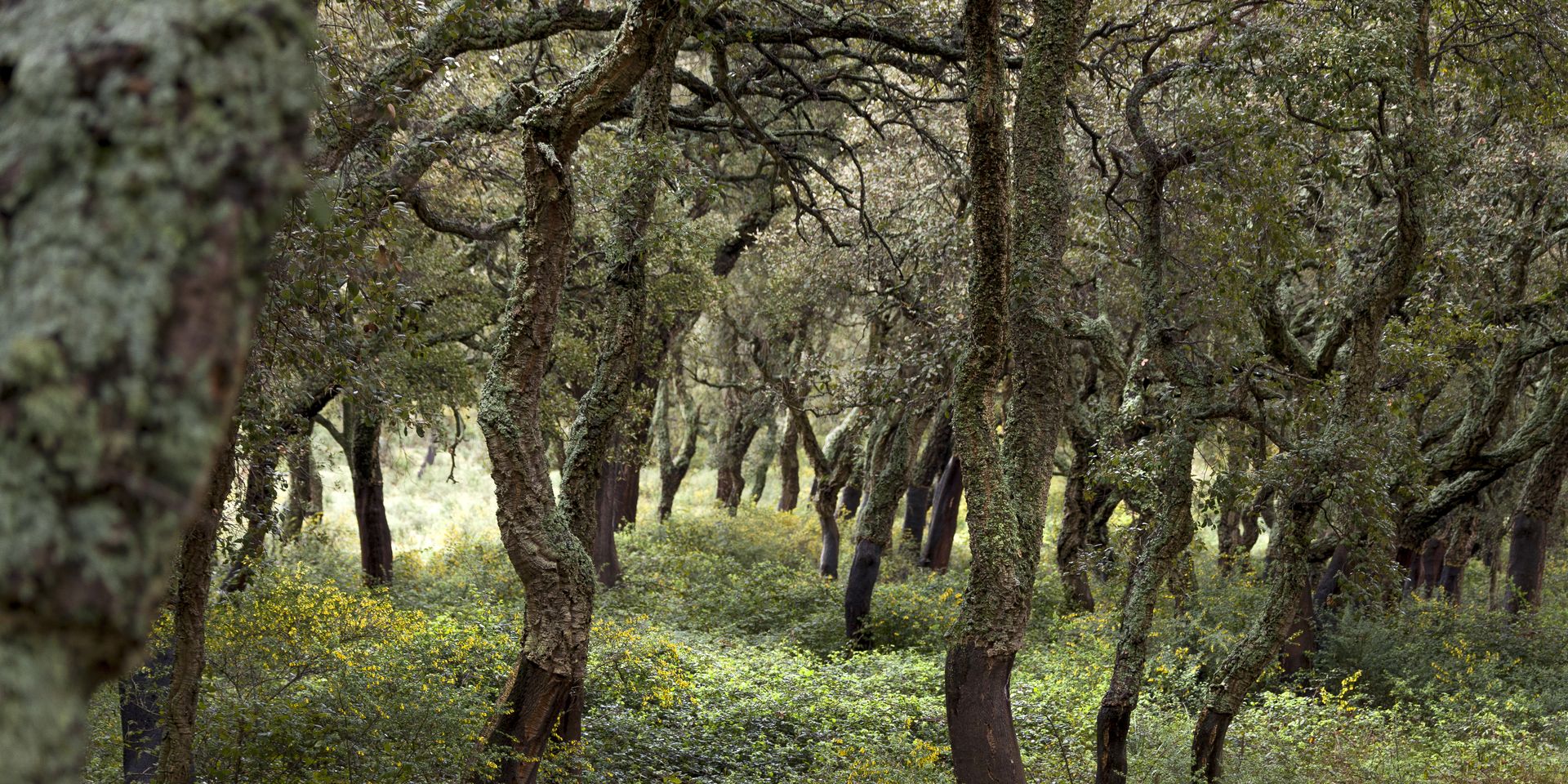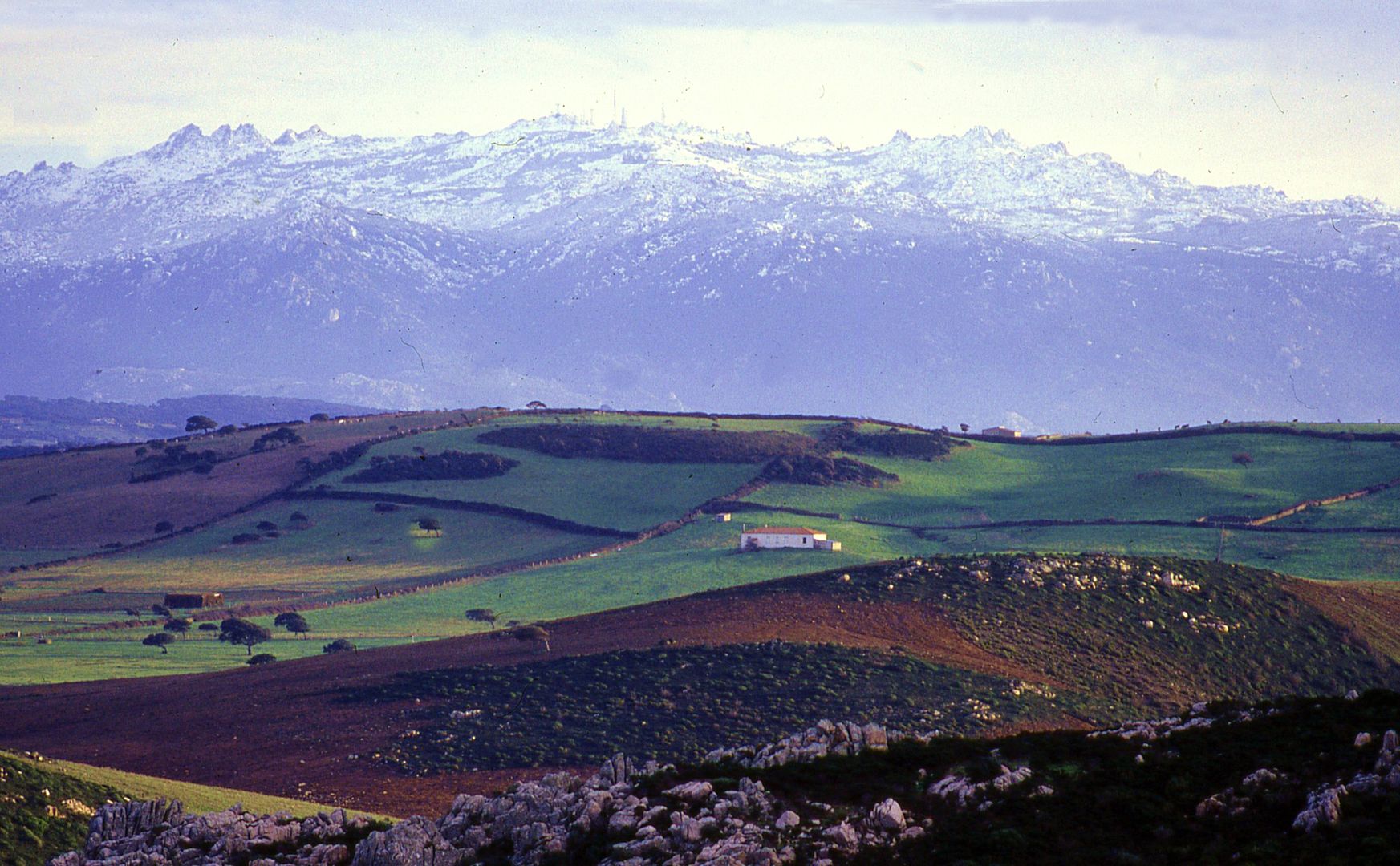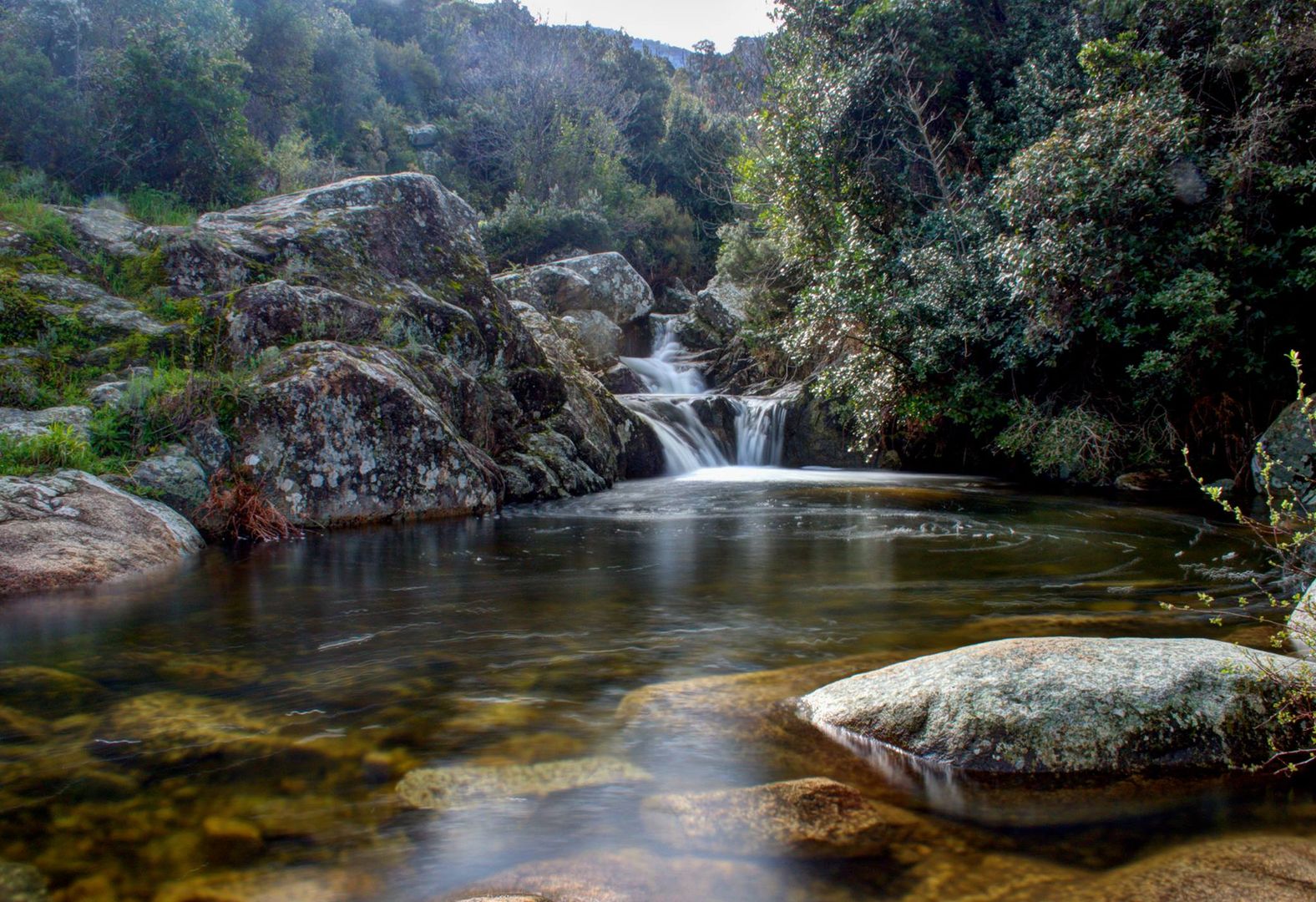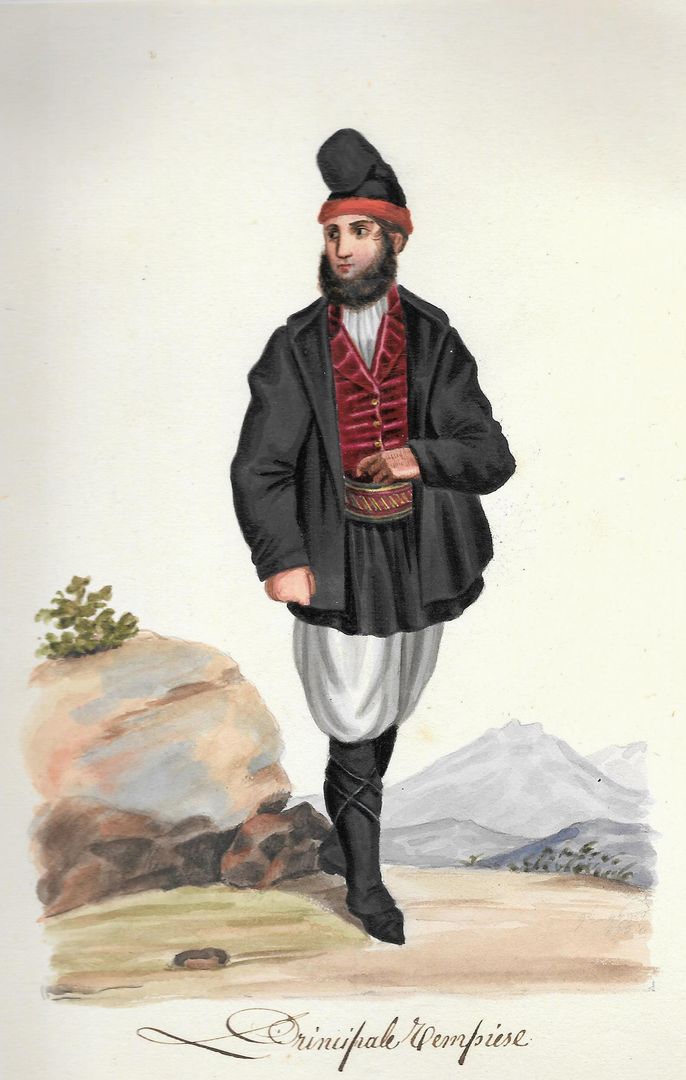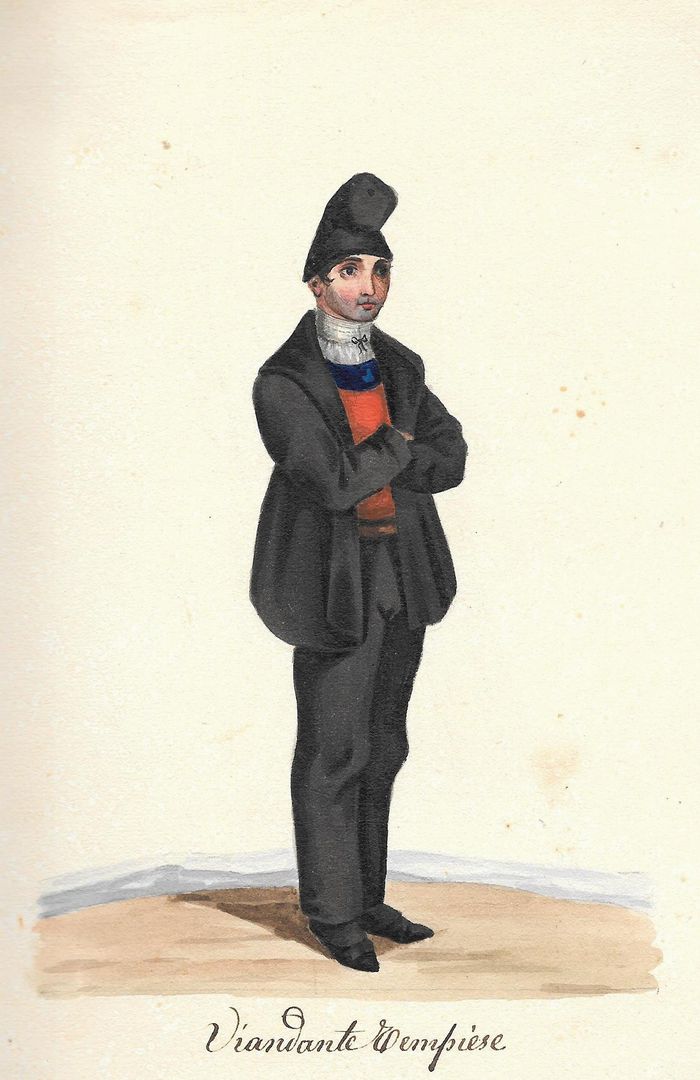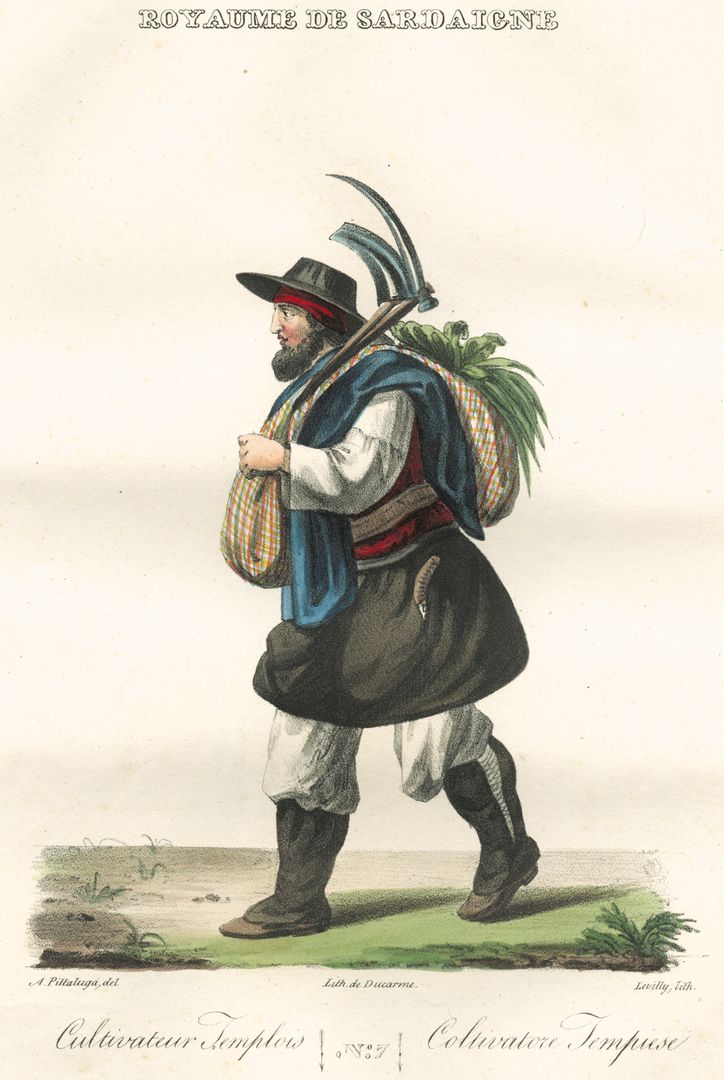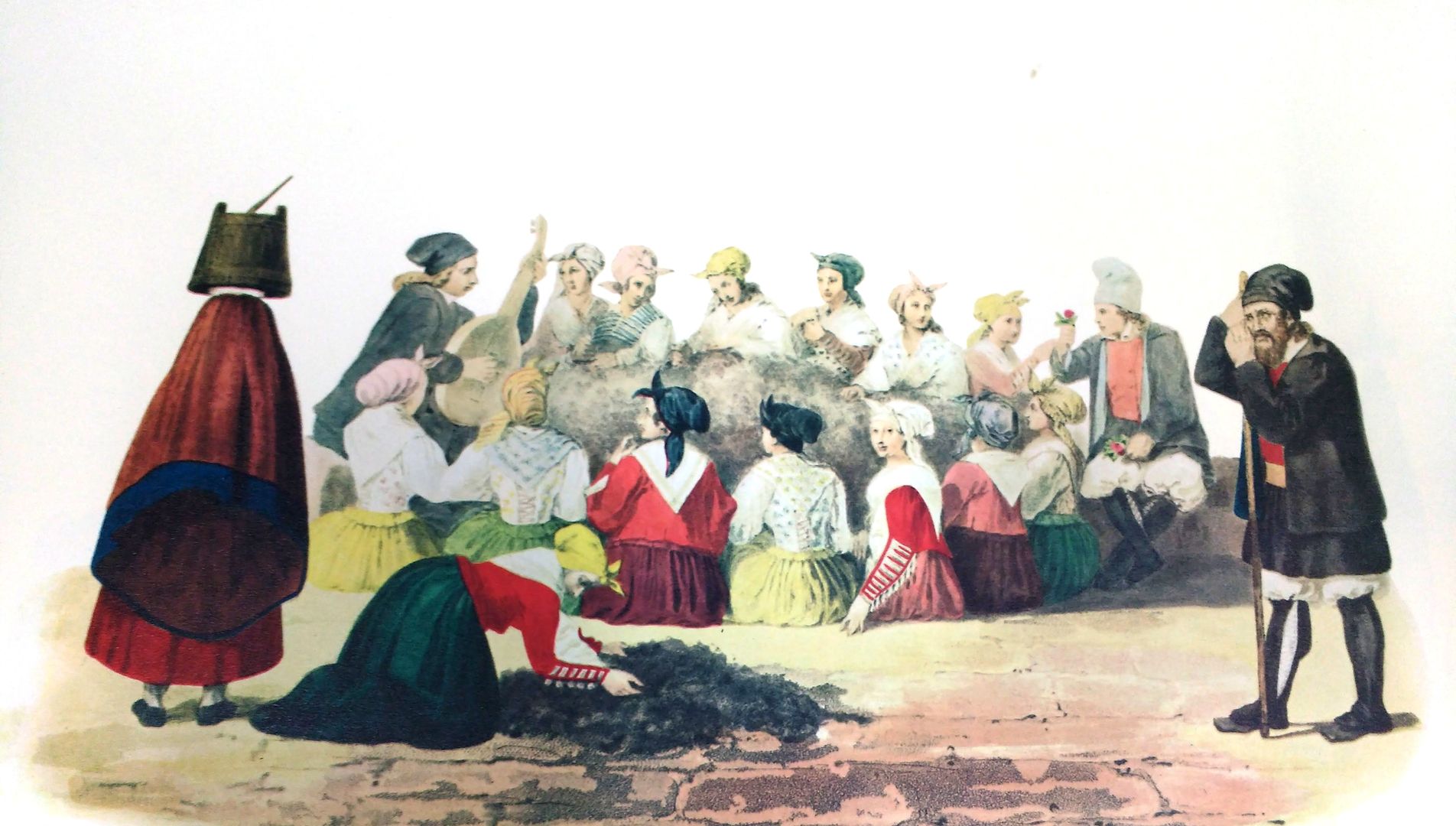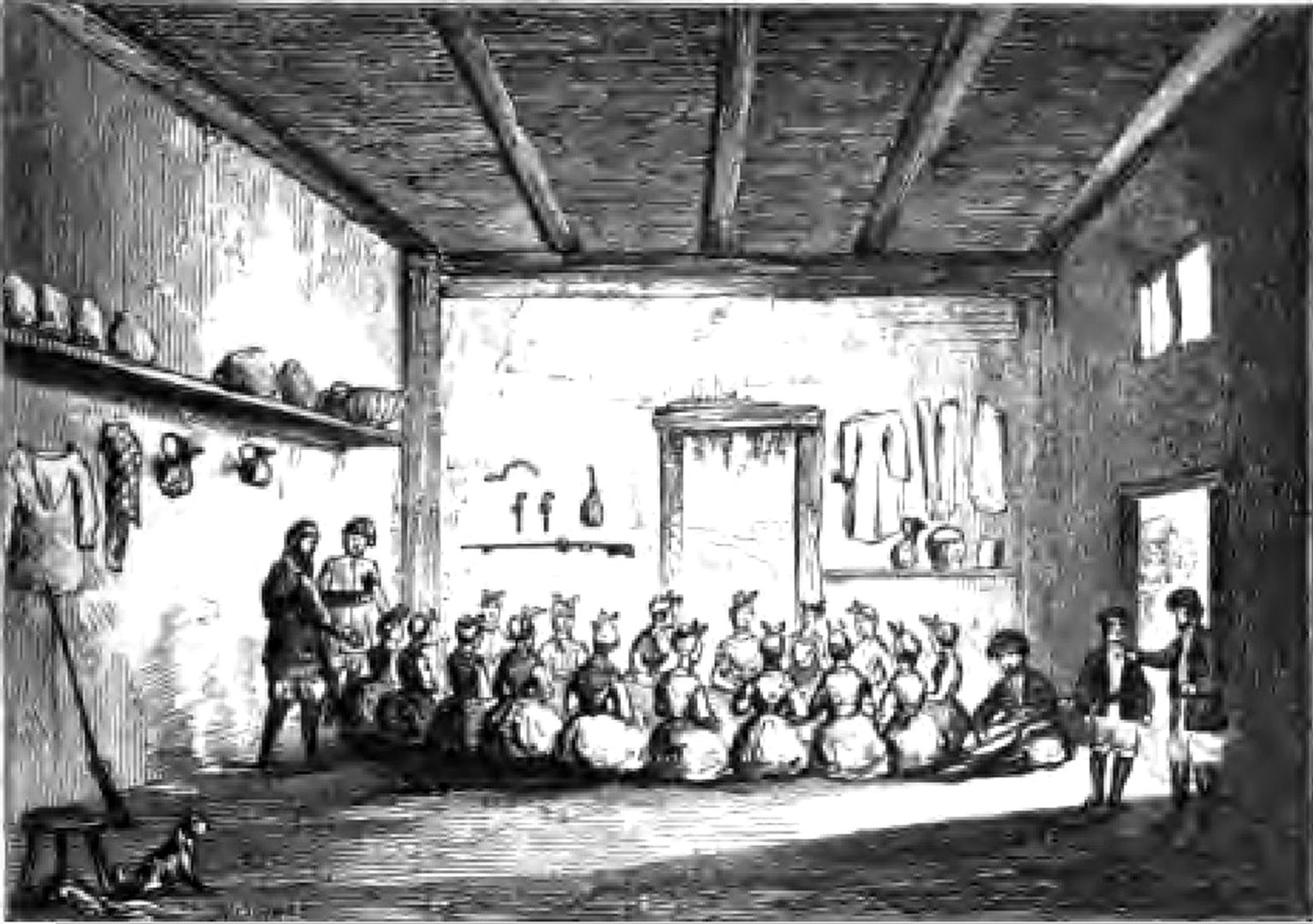TEMPIO
Sketch of the present state of the Island of Sardinia⇒
London 1828
John Murray, Albermarle-Street
in italian: ![]()
Compared with other Sardinian towns, it is very respectable, as there are several large houses of three stories in height.
Its decorations are so tawdry, and so poorly executed, as to be sneered at, even by the towns-people; one of whom asked me whether a face, blasphemously painted as the likeness of the Almighty, did not resemble that of an owl.
A new belfry tower, painted with all the colours of an iris, in fresco, completes the edifice.
There are no books here, if a few polemic volumes belonging to the college of the Scuole Pie are excepted; and the only good picture is a Magdalen in the church of this establishment, which has, indeed, a heavenly cast of countenance.
I was rather surprised to find a tolerable “locanda” in this place; and observed an odd custom in the two girls who waited at table, each balancing a candle on her head, whilst moving about the house, which left both their hands at liberty.
Besides the fountains of Pastini and Costavargia, there is a remarkable spring of water, on the declivity of the Limbara, called fontana Fanzoni, said to be so excessively cold in certain seasons, that its waters break glass vessels, when suddenly poured into them; and that wine immersed therein for a few minutes loses its colour and taste, but not its strength.
The sheep being sheared, the farmer’s wife invites all the girls of her acquaintance, to assist in preparing the wool for the process of being spun and wove into foresi and orbacci: the girls in their turn apprize their suitors, and the house on the appointed day becomes a general rendezvous, whither they all repair in “gran tenuta”.
The wool being spread on the floor of the cottage, the young women, each provided with a bunch of flowers by the mistress of the house, sit on the ground around it, and commence the work of teasing and picking, while the youths take places on the forms and seats about.
The damsels then break into extemporaneous songs, accompanied by the guitar or “cetera”, until they have all successively sung. One of the girls then draws the bouquet from her breast, and with a peculiar grace presents it to her swain, accompanying the act with half a verse, which the youth is obliged to complete with an appropriate rejoinder.
This example is followed by the rest of the company, and should a stranger drop in, attracted by the music, he is sure of being thus favoured also, as a welcome; and if ignorant of the dialect, his quota of verse is furnished by one of the bystanders.
After this ceremony, they return to songs, and continue them with great spirit till the wool being finished, is deposited in the “ταλαρος”, or basket, when there is a repast; and the whole concludes with dancing and rustic merriment.
SOURCES OF ILLUSTRATIONS
19th Century Paintings, Drawings and Lithographs (captions translated freely”)
Luciano Baldassarre, “Costume of Tempio”, ca 1841, IN Luciano Baldassarre, Cenni sulla Sardegna, illustrati da 60 litografie in colore, Torino, Botta, 1841; Torino, Schiepatti, 1843 (rist. Archivio fotografico sardo, 1986, 2003).
Giuseppe Cominotti – Enrico Gonin [drawing], A.J. Lallemand [engraving], “Sardinian dressing in series – Tempio”, ca 1826-1839, IN Alberto Della Marmora, Voyage en Sardaigne, ou Description statistique, phisique… Atlas de la première partie, 1. ed. Paris, Delaforest 1826; 2. ed. Paris, Bertrand – Turin, Bocca,1839.
Historical archive of the Municipality of Tempio, “Plan of the Church and Square of the nuns”, 1863.
State Archive of Cagliari, “Church and convent of the nun’s, 1821.
Alessio Pittaluga, “Soap merchant from Tempio”, ca 1826, IN Royaume de Sardaigne dessiné sur les lieux. Costumes par A. Pittaluga [lithography engraved by Philead Salvator Levilly], Paris – P. Marino, Firenze – Antonio Campani, 1826, rist. Carlo Delfino 2012.
Jean Baptiste Barla, “Wealthy man from Tempio”, ca 1841 (coll. Angelino Mereu).
Jean Baptiste Barla, “Wayfarer of Tempio”, ca 1841 (coll. Angelino Mereu).
Alessio Pittaluga, “Farmer of Tempio”, ca 1826, IN Royaume de Sardaigne dessiné sur les lieux. Costumes op. cit.
Giuseppe Cominotti and Enrico Gonin [drawing], A.J. Lallemand [engraving], Graminatorgiu, 1826-1839, op. cit.
John William Cook, A graminatorgiu at Tempio, ca 1849, figure IN John Warre Tyndale, The Island of Sardinia, including Pictures of the manners and customs of the Sardinians, and Notes on the antiquities and modern objects of interest in the island, M.A., Barrister at law, in three volumes, London, Richard Bentley, New Burlington Street, (Publischer in Ordinar to Ker Majest), 1849.
Postcards and Photos, Late 19th/Early 20th Century
Collection Erennio Pedroni, Gianfranco Serafino, Vittorio Ruggero.
Contemporary Photos
Salvatore Pirisinu, IN Giovanni Gelsomino, La diga del Liscia, 2006.
Aurelio Candido – Flickr; Vittorio Ruggero; Antonio Concas – Flickr.

